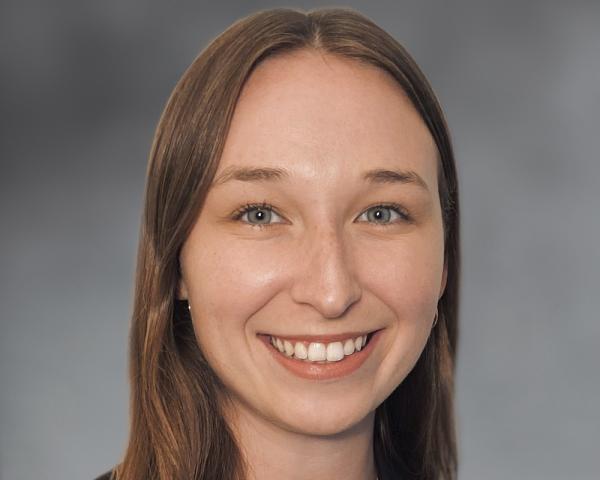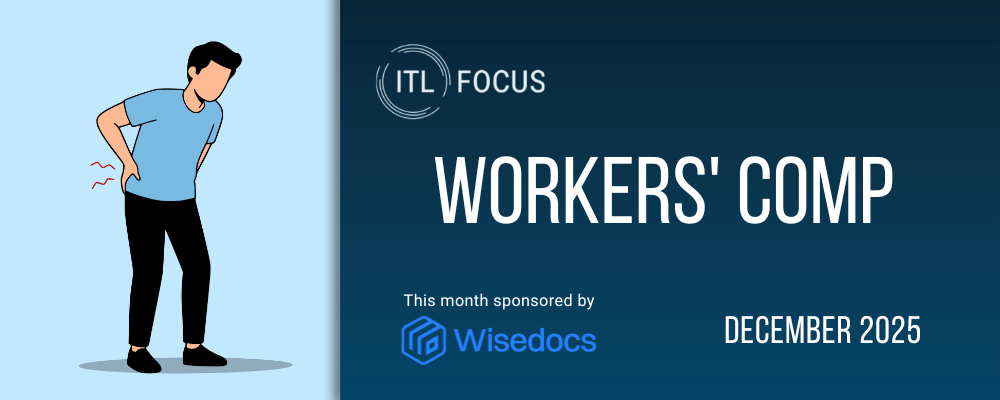Medical costs make up the biggest portion of workers' comp expenses, and while medical inflation in WC has remained moderate for the past decade, the recent spike in consumer prices—8.3% over the previous 12 months—has elevated concerns.
A Tale of Two Factors
When it comes to medical claim changes, price and utilization are the two driving forces.
In a detailed analysis, “Inflation and Workers Compensation Medical Costs—Overall Medical," NCCI looked at changes in paid medical costs compared with various price indexes, including the Consumer Price Index (CPI) and the Producer Price Index (PPI). The NCCI determined that the price index most closely reflecting medical cost distributions in WC is the Personal Health Care (PHC) index—a mix of CPI and PPI. Prices for medical services in WC are subject to inflationary trends, but such trends are tempered to some extent by changes in fee schedules and contractual agreements with service providers, among other factors.
Two other key observations:
- While drug costs are declining, physician costs are up slightly, and facility costs are rising in the WC system
- Facility services have been the main contributor to changes in WC medical costs across regions—most prominently in the Southeast
By the Numbers
Between 2012 and 2019, WC paid costs increased at a relatively stable 1.5% annually. 2020 reflected the exceptional drop in new WC claims due to the COVID-19 pandemic. In 2021, paid medical costs per claim rose 2%.
NCCI observed that, in 2021, WC medical costs in the Northeast and Southeast each increased by an estimated 3%, while the West rose by 2% and the Midwest by 1%. Every region except the Midwest had a slightly larger increase in 2021 WC medical costs relative to those observed between 2012 and 2019.
The countrywide distribution indicates approximately 80% of WC medical costs are for physician and facility services—drugs and all other services make up the remainder. While drugs paid in a calendar year may seem, the figure is based on payments made directly to service providers at the bill line level. As such, the distribution does not reflect payments to settle future medical benefits, which typically include a significant amount for prescription drugs.
See also: How Digital Health, Insurtech Are Adapting
The Bottom Line
As medical costs continue to grow at a relatively moderate rate, it’s worth keeping an eye on as it relates to the WC industry. As of September, NCCI estimates the CPI for medical services and commodities, net of health insurance retained earnings, is at 3.6%, and the PPI for healthcare services is at 2.4%. So far, medical cost containment measures such as fee schedules and changes in utilization practices have helped mitigate the impact of medical inflation.
In the next three installments of the inflation and workers' comp series, NCCI will delve into the different types of medical services—physicians, facilities and prescription drugs.








